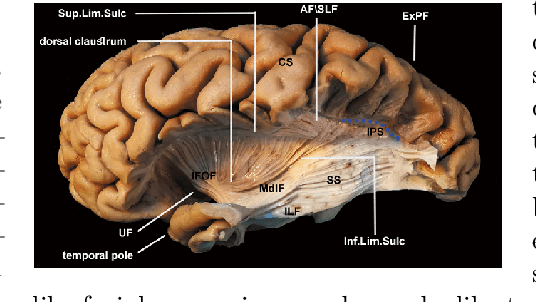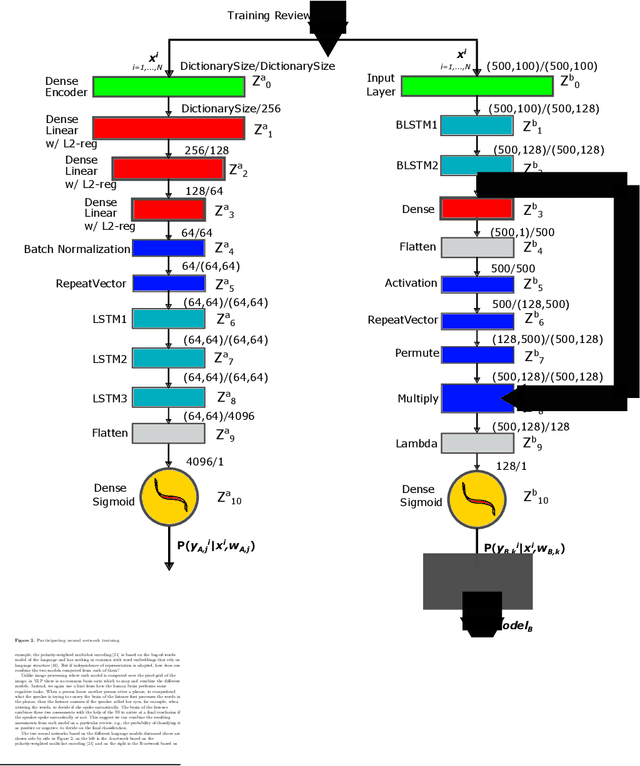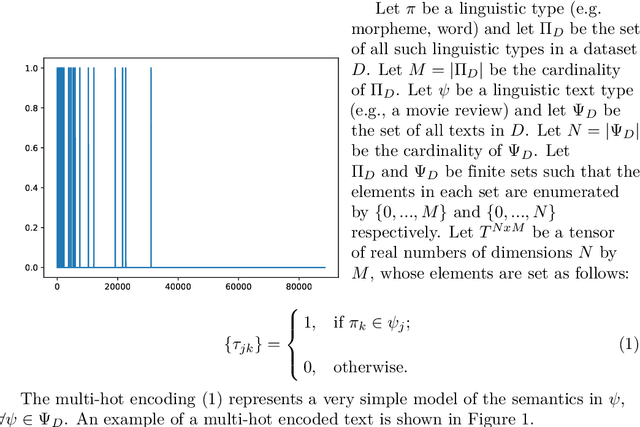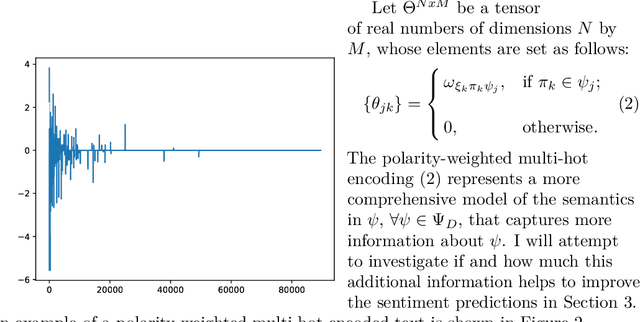Apostol Vassilev
Meta learning with language models: Challenges and opportunities in the classification of imbalanced text
Oct 24, 2023Abstract:Detecting out of policy speech (OOPS) content is important but difficult. While machine learning is a powerful tool to tackle this challenging task, it is hard to break the performance ceiling due to factors like quantity and quality limitations on training data and inconsistencies in OOPS definition and data labeling. To realize the full potential of available limited resources, we propose a meta learning technique (MLT) that combines individual models built with different text representations. We analytically show that the resulting technique is numerically stable and produces reasonable combining weights. We combine the MLT with a threshold-moving (TM) technique to further improve the performance of the combined predictor on highly-imbalanced in-distribution and out-of-distribution datasets. We also provide computational results to show the statistically significant advantages of the proposed MLT approach. All authors contributed equally to this work.
Evaluating the Social Impact of Generative AI Systems in Systems and Society
Jun 12, 2023Abstract:Generative AI systems across modalities, ranging from text, image, audio, and video, have broad social impacts, but there exists no official standard for means of evaluating those impacts and which impacts should be evaluated. We move toward a standard approach in evaluating a generative AI system for any modality, in two overarching categories: what is able to be evaluated in a base system that has no predetermined application and what is able to be evaluated in society. We describe specific social impact categories and how to approach and conduct evaluations in the base technical system, then in people and society. Our framework for a base system defines seven categories of social impact: bias, stereotypes, and representational harms; cultural values and sensitive content; disparate performance; privacy and data protection; financial costs; environmental costs; and data and content moderation labor costs. Suggested methods for evaluation apply to all modalities and analyses of the limitations of existing evaluations serve as a starting point for necessary investment in future evaluations. We offer five overarching categories for what is able to be evaluated in society, each with their own subcategories: trustworthiness and autonomy; inequality, marginalization, and violence; concentration of authority; labor and creativity; and ecosystem and environment. Each subcategory includes recommendations for mitigating harm. We are concurrently crafting an evaluation repository for the AI research community to contribute existing evaluations along the given categories. This version will be updated following a CRAFT session at ACM FAccT 2023.
Can you tell? SSNet -- a Sagittal Stratum-inspired Neural Network Framework for Sentiment Analysis
Jun 23, 2020



Abstract:When people try to understand nuanced language they typically process multiple input sensor modalities to complete this cognitive task. It turns out the human brain has even a specialized neuron formation, called sagittal stratum, to help us understand sarcasm. We use this biological formation as the inspiration for designing a neural network architecture that combines predictions of different models on the same text to construct a robust, accurate and computationally efficient classifier for sentiment analysis. Experimental results on representative benchmark datasets and comparisons to other methods1show the advantages of the new network architecture.
BowTie - A deep learning feedforward neural network for sentiment analysis
Apr 18, 2019



Abstract:How to model and encode the semantics of human-written text and select the type of neural network to process it are not settled issues in sentiment analysis. Accuracy and transferability are critical issues in machine learning in general. These properties are closely related to the loss estimates for the trained model. I present a computationally-efficient and accurate feedforward neural network for sentiment prediction capable of maintaining low losses. When coupled with an effective semantics model of the text, it provides highly accurate models with low losses. Experimental results on representative benchmark datasets and comparisons to other methods show the advantages of the new approach.
 Add to Chrome
Add to Chrome Add to Firefox
Add to Firefox Add to Edge
Add to Edge